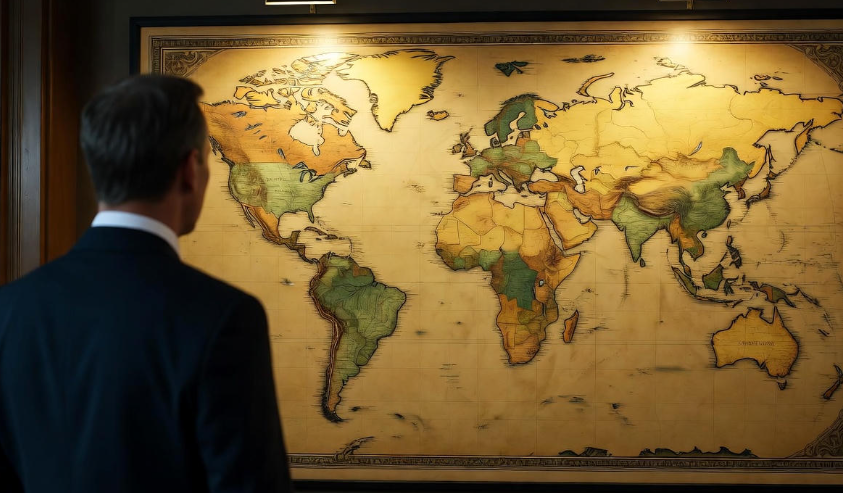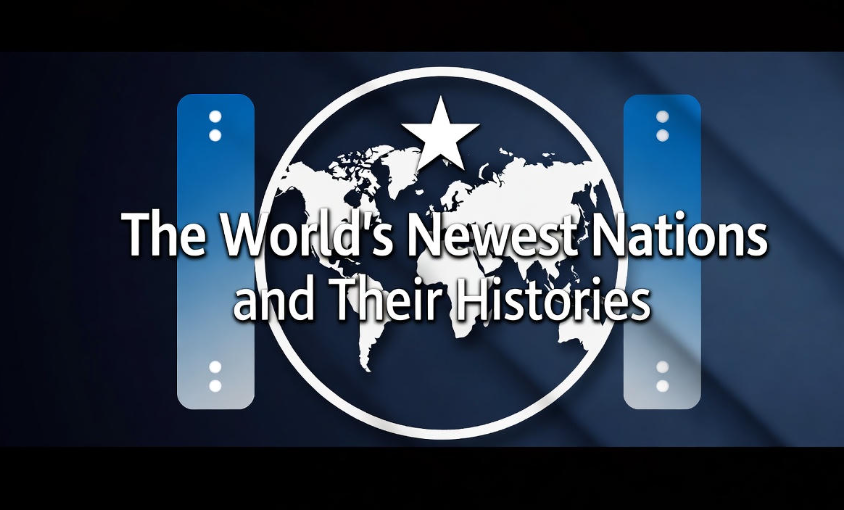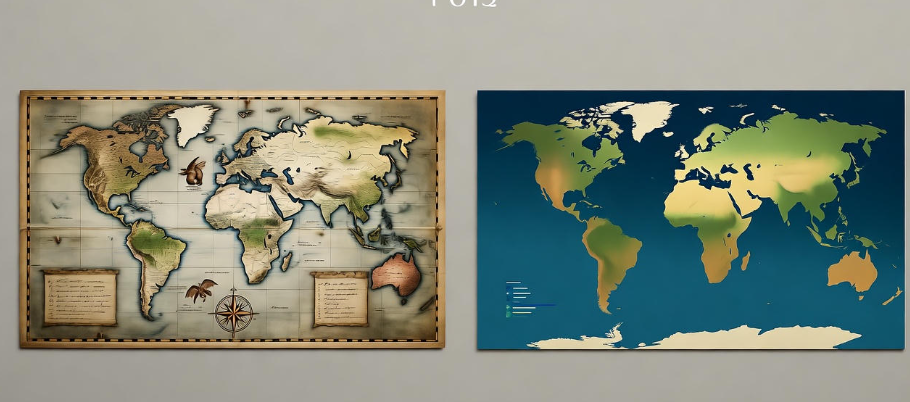The world is constantly changing. New countries emerge, old borders are redrawn, and the map of the Earth keeps evolving. While many countries have histories stretching back centuries, some are quite new. These nations have unique stories about how they came to be, the struggles they faced, and the challenges they encounter today.
South Sudan: Africa’s Youngest Country
South Sudan became an independent country on July 9, 2011, after decades of conflict with Sudan. Its journey to independence was long and painful. Civil wars that lasted for decades caused massive displacement, hunger, and loss of life. The people of South Sudan finally voted for independence in a referendum, and the world recognized their new nation.
Despite gaining independence, South Sudan faces many challenges. Political instability, ethnic tensions, and economic struggles continue to affect the country. Yet, the nation is full of hope, with efforts being made to build schools, hospitals, and infrastructure.
Kosovo: A Breakaway in Europe
Kosovo declared independence from Serbia in 2008. The region has a complex history. After years under Yugoslav rule, ethnic tensions between Serbs and Albanians escalated into violent conflict in the 1990s. NATO intervention eventually brought peace, and Kosovo moved towards independence.
Kosovo’s independence is recognized by many countries, but some, including Serbia and a few EU members, do not recognize it. This affects international relations, trade, and Kosovo’s ability to join global organizations. Nevertheless, Kosovo continues to grow and develop its own identity.
East Timor (Timor-Leste): The Struggle for Freedom
East Timor, officially known as Timor-Leste, gained independence in 2002. The country was previously a Portuguese colony and later occupied by Indonesia. Its path to freedom was difficult, with years of resistance, violence, and international intervention.
Today, East Timor is building its economy, mostly relying on oil, coffee, and agriculture. The people are proud of their hard-won independence, and efforts are ongoing to improve education, healthcare, and infrastructure.
Montenegro: From Federation to Independence
Montenegro became an independent country in 2006 after splitting from Serbia and Montenegro. The country held a referendum where a majority voted for independence. Montenegro’s history is rich, with influences from the Ottoman Empire, Venetian Republic, and neighboring Balkan states.
Since independence, Montenegro has focused on tourism, trade, and joining international organizations like the United Nations and NATO. Its scenic coastline along the Adriatic Sea attracts travelers worldwide.
Palau: Island Nation in the Pacific
Palau, a small island nation in the Pacific, gained full sovereignty in 1994. Previously, it was part of the Trust Territory of the Pacific Islands under U.S. administration. Palau chose independence through a Compact of Free Association with the United States, allowing it to govern itself while maintaining certain defense agreements.
Despite its small size, Palau is known for its rich marine biodiversity and beautiful landscapes. Tourism, fishing, and environmental conservation are central to its economy.
Tables Showing Newest Nations and Key Facts
| Country | Independence Year | Previous Ruler / Status | Population (approx.) | Challenges Today |
|---|---|---|---|---|
| South Sudan | 2011 | Sudan | 11 million | Political instability, poverty |
| Kosovo | 2008 | Serbia | 1.8 million | Recognition issues, ethnic tensions |
| East Timor | 2002 | Portugal / Indonesia | 1.3 million | Economy, infrastructure development |
| Montenegro | 2006 | Serbia & Montenegro | 620,000 | Tourism dependency, political growth |
| Palau | 1994 | U.S. (Trust Territory) | 18,000 | Small economy, climate vulnerability |
Why New Nations Face Challenges
New countries often face difficulties because they are starting from scratch. Governments have to establish laws, institutions, and international relationships. Conflicts over borders, ethnic tensions, and economic dependence can slow progress. But these nations also show incredible resilience. They have the chance to create something new, build identities, and shape their own futures.
Unique Stories and Lessons
Each new nation has a story worth studying. South Sudan teaches us about the importance of unity and peace after conflict. Kosovo shows how history, identity, and international law interact. East Timor demonstrates that perseverance and international support can help a country achieve independence. Montenegro and Palau remind us that even small nations can thrive by focusing on their unique strengths.
How Independence Changes Lives
For citizens, independence is more than just a political event—it is emotional and cultural. National identity, pride, and a sense of ownership over the land and resources often rise. Education systems, local governance, and community development projects get a fresh start. Independence is both an opportunity and a responsibility.

FAQs About Newest Nations
Q1: Which is the newest country in the world?
A: South Sudan, which became independent in 2011, is currently the youngest recognized nation.
Q2: Are all new nations recognized by the UN?
A: No. Some countries, like Kosovo, are partially recognized. Recognition depends on international politics and relationships with other countries.
Q3: Why do some nations take decades to gain independence?
A: Independence often requires political negotiations, wars, and international recognition. Colonial legacies, ethnic divisions, and global politics can delay independence.
Q4: Do small countries like Palau have the same rights as larger countries?
A: Yes. Every sovereign nation has equal rights under international law, but smaller nations may face economic and political limitations due to size and resources.
Q5: Can new nations face conflicts with their neighbors?
A: Yes. Borders, resources, and ethnic populations can create tensions. Peaceful negotiations and international support are often needed to resolve these issues.
Conclusion
The world’s newest nations tell stories of struggle, hope, and identity. They remind us that nations are not just lines on a map—they are people, culture, history, and aspirations. Whether it’s South Sudan’s fight for freedom, Kosovo’s path to recognition, or Palau’s unique journey as an island nation, these countries enrich our understanding of the global community.
As the world continues to evolve, we may see more nations emerge, each with its own story to tell and challenges to overcome. The lessons from the newest nations are clear: perseverance, unity, and resilience are key to building a successful future.




